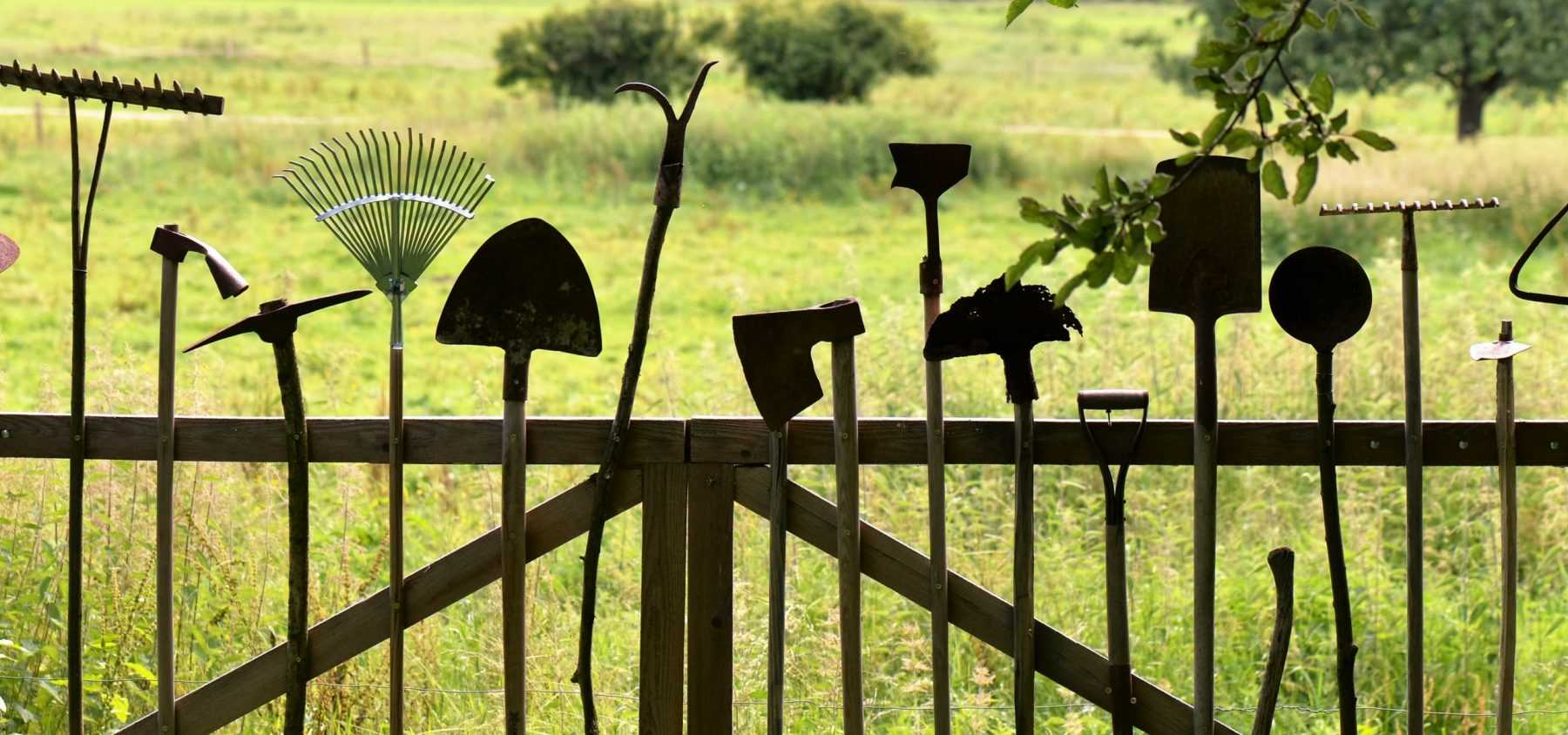
Planting perennials and shrubs
Our advice on where, when and how to plant them
Contents
Perennials and shrubs have the advantage of being long-lasting plants that beautifully enhance the garden, providing structure and colour year after year. However, to ensure their successful establishment and growth, it’s essential to carefully select their location according to their specific needs, and of course to pay attention to planting by properly preparing the soil. We share all our tips for successfully planting your perennials and shrubs, allowing your plants to thrive in your garden!
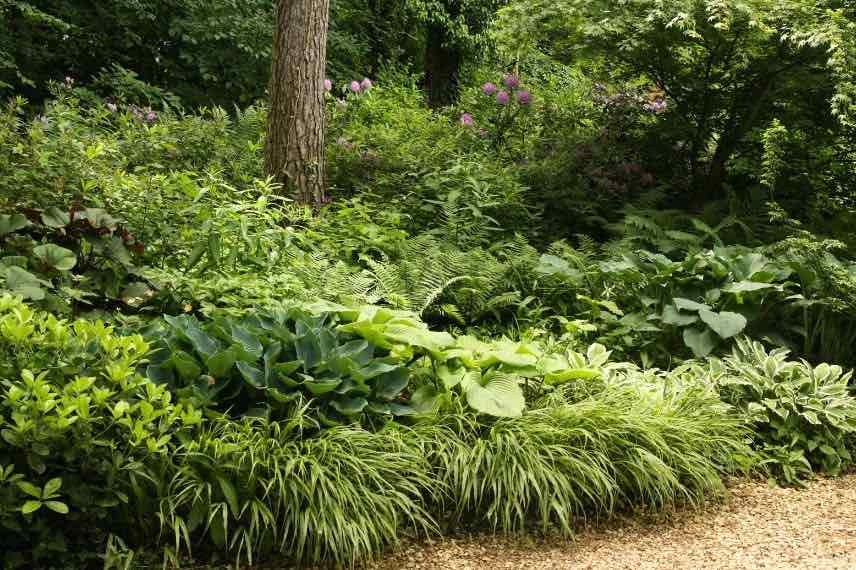
Where to plant perennials and shrubs?
Choosing the right location is one of the most important steps when planting your perennials and shrubs. You need to consider each plant’s requirements in terms of sunlight, soil type, and protection from wind. For example, sun-loving plants such as asters or lavender need at least six hours of direct sunlight per day. Conversely, some plants, like hydrangeas or hostas, should be planted in shaded or partially shaded spots to prevent their leaves from scorching under intense sunlight.
Before planting, take time to observe your garden, noting how sunlight falls at different times of day and which areas are sheltered from wind. More delicate plants may struggle in overly exposed, draughty spots.
Resist the temptation to place a shade-loving shrub on a south-facing terrace or a Mediterranean perennial in full shade… The success of establishment, growth, and future flowering depends on it!
Also consider the mature size of the plants you’re placing. It’s easy to underestimate the space they’ll need once fully grown. To prevent overcrowding or competition with neighbouring plants, research their eventual spread. As a general rule, position taller shrubs at the back of borders, medium-sized plants in the middle, and smaller or ground-cover plants at the front. This creates visual structure while ensuring easy access to plants at the rear.
Plant colour is another key factor to consider. You can create striking visual effects by grouping plants with similar hues or contrasting vibrant colours. For instance, pairing yellow and orange perennials creates a warm, sunny feel, while combining blue and purple flowers evokes a cooler, more tranquil atmosphere.
Additionally, you can play with textures by mixing foliage of different shapes and sizes to add depth and interest to your garden. By keeping these key elements in mind when planning your garden, you can create a beautiful, harmonious space for your shrubs and perennials.
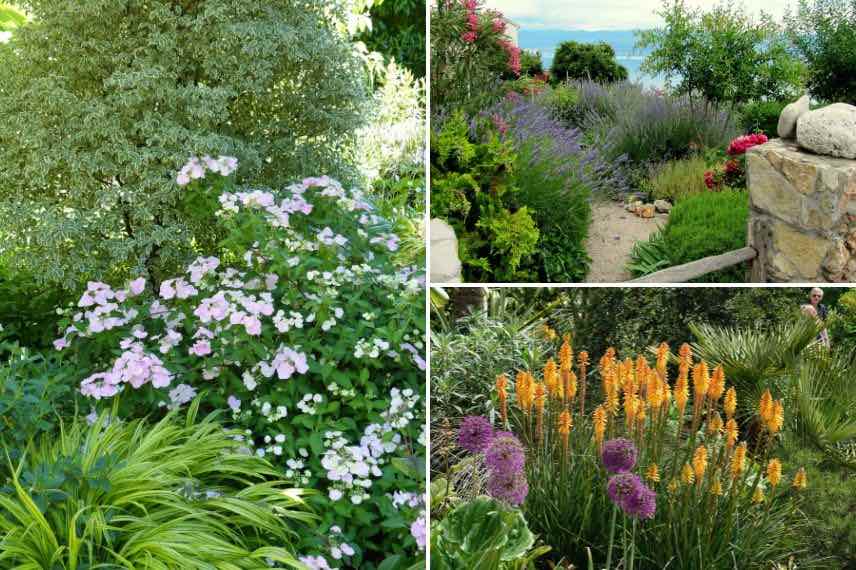
Location is one of the first factors to consider when planting perennials and shrubs
What type of soil should they be planted in?
When planting, take into account the nature of your soil as well as the specific needs of your plant.
- For plants tolerant of soil type, use your garden soil, to which you can add half potting compost to “pamper” your new addition.
- Ericaceous plants require acidic soil. If your garden soil isn’t acidic, prepare a very large planting hole filled with ericaceous compost. You’ll need to “top-dress” annually (replace a few centimetres of soil with ericaceous compost).
- Humus-rich soil plants (fairly light, well-draining soil, rich in humus, like woodland soil) are sensitive to drought, especially during summer heat. When planting, create a watering basin around the plant. If your garden soil is heavy (clay) or very free-draining (sandy), add leaf mould, peat, or well-rotted compost.
- Conversely, plants for dry conditions dislike waterlogged soil, especially in winter, and require gravel or pumice if your garden soil is heavy. You can also plant them on a slightly raised mound to improve drainage.
- To ensure healthy growth, the soil should be nutrient-rich. If your soil is poor, add compost or organic fertiliser to improve its quality.
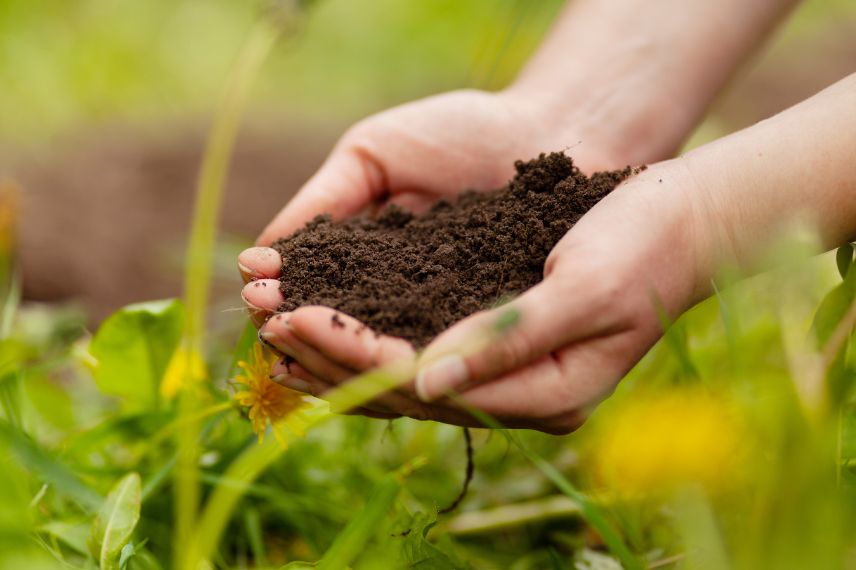
When to plant perennials and shrubs?
How to plant perennials and shrubs?
Planting a shrub or perennial may vary slightly depending on the plants you choose, but here are the general steps to follow for successful planting:
- Prepare the soil: Dig a hole about twice the width and depth of the root ball. Loosen the bottom of the planting hole well—your plants will establish much better in aerated soil. Amend the soil with compost or organic matter to improve its quality.
- Soak your potted plants in a basin of water. For small pots (9 cm), 15 minutes is enough; for larger pots, allow at least an hour. This helps the roots hydrate properly and promotes better establishment.
- If planting multiple plants in a bed, leave enough space between each plant to accommodate their mature spread. Lack of space can lead to competition for resources and hinder their growth.
- Gently remove the plant from its pot by tapping the sides to release the root ball. If the roots are coiled or too dense, carefully loosen them with your fingers to encourage them to spread into the soil.
- Place the root ball in the centre of the hole, ensuring the top of the root ball is level with the ground—neither too deep nor too exposed.
- Backfill with the removed soil, then lightly firm it with your hands to eliminate air pockets, without compacting the soil too much to avoid hindering root growth.
- Once the plant is in place, water thoroughly to help the soil settle around the roots and ensure good contact with the soil.
- Add a layer of organic mulch (straw, wood chips, dead leaves) around the plant. This helps retain moisture, suppresses weeds, and protects roots from cold in winter and heat in summer.
- For the first few weeks, water regularly to keep the soil slightly moist, even for drought-tolerant plants. Once well established, adjust watering according to each plant’s specific needs.
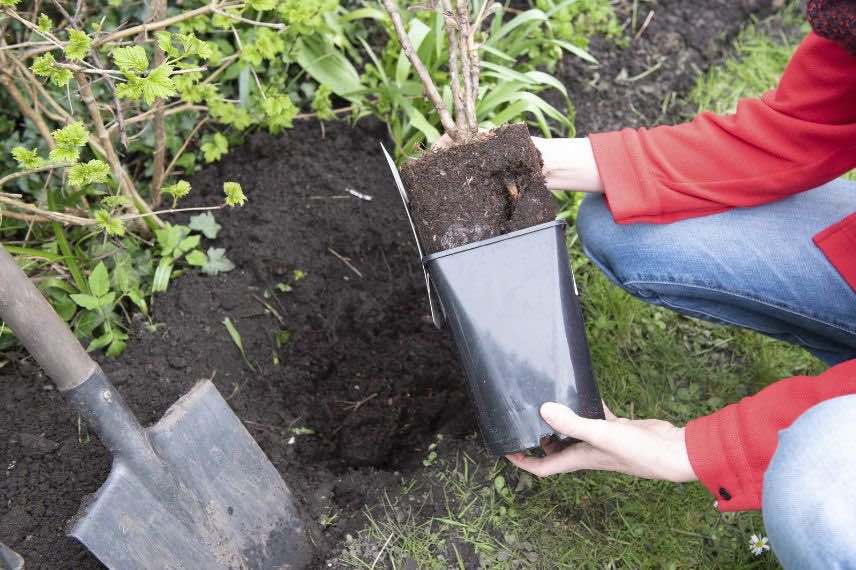
- Subscribe!
- Contents

































